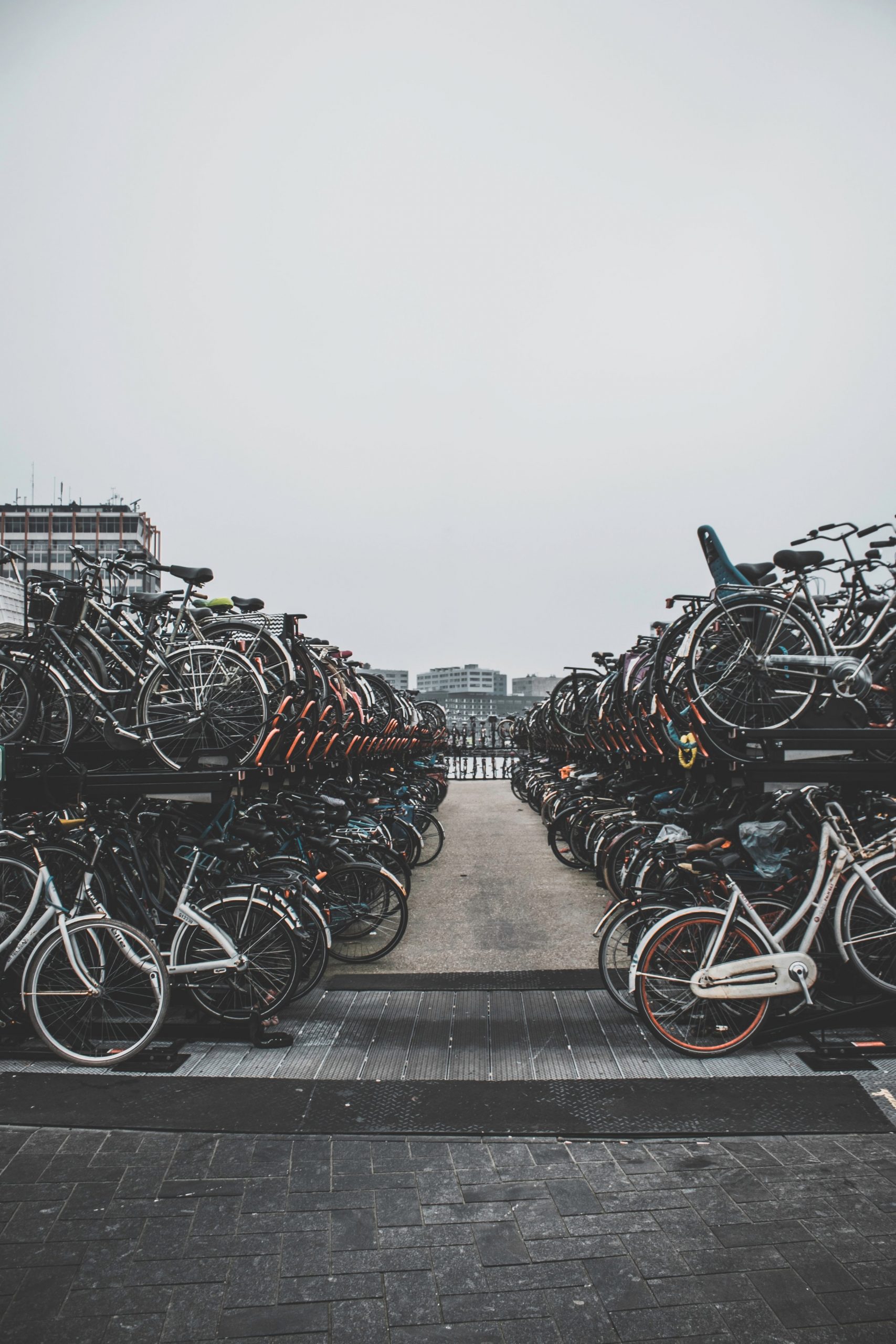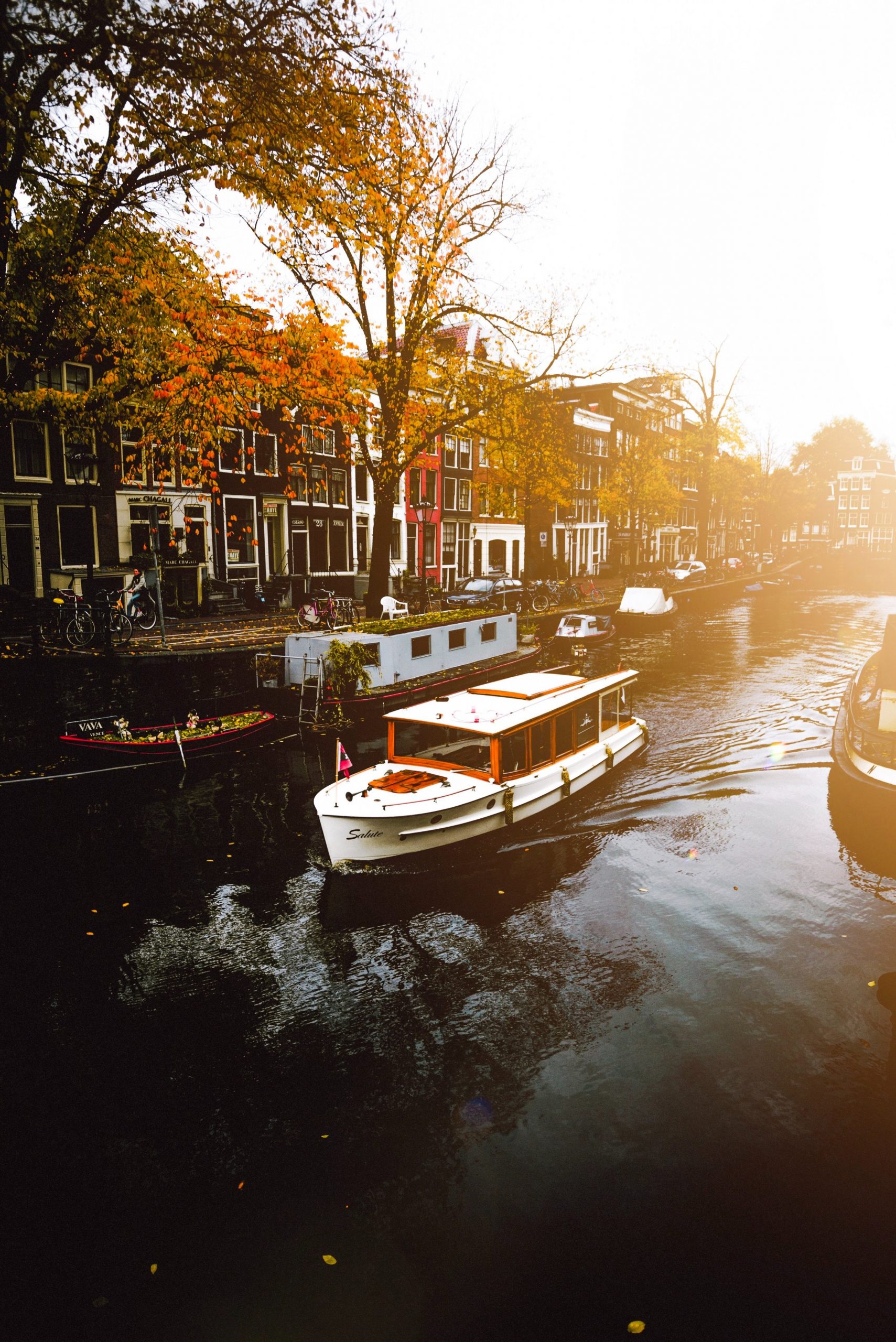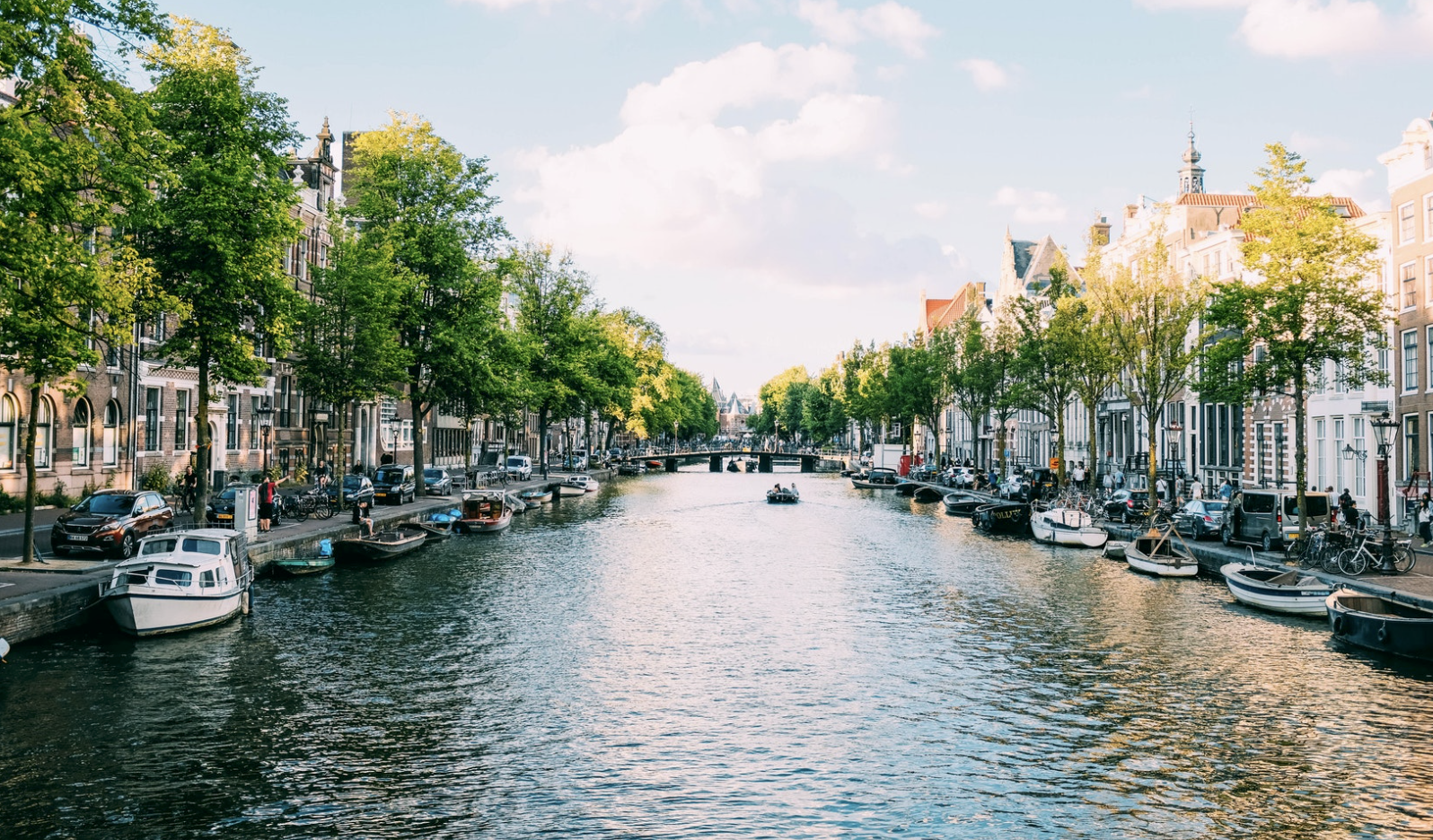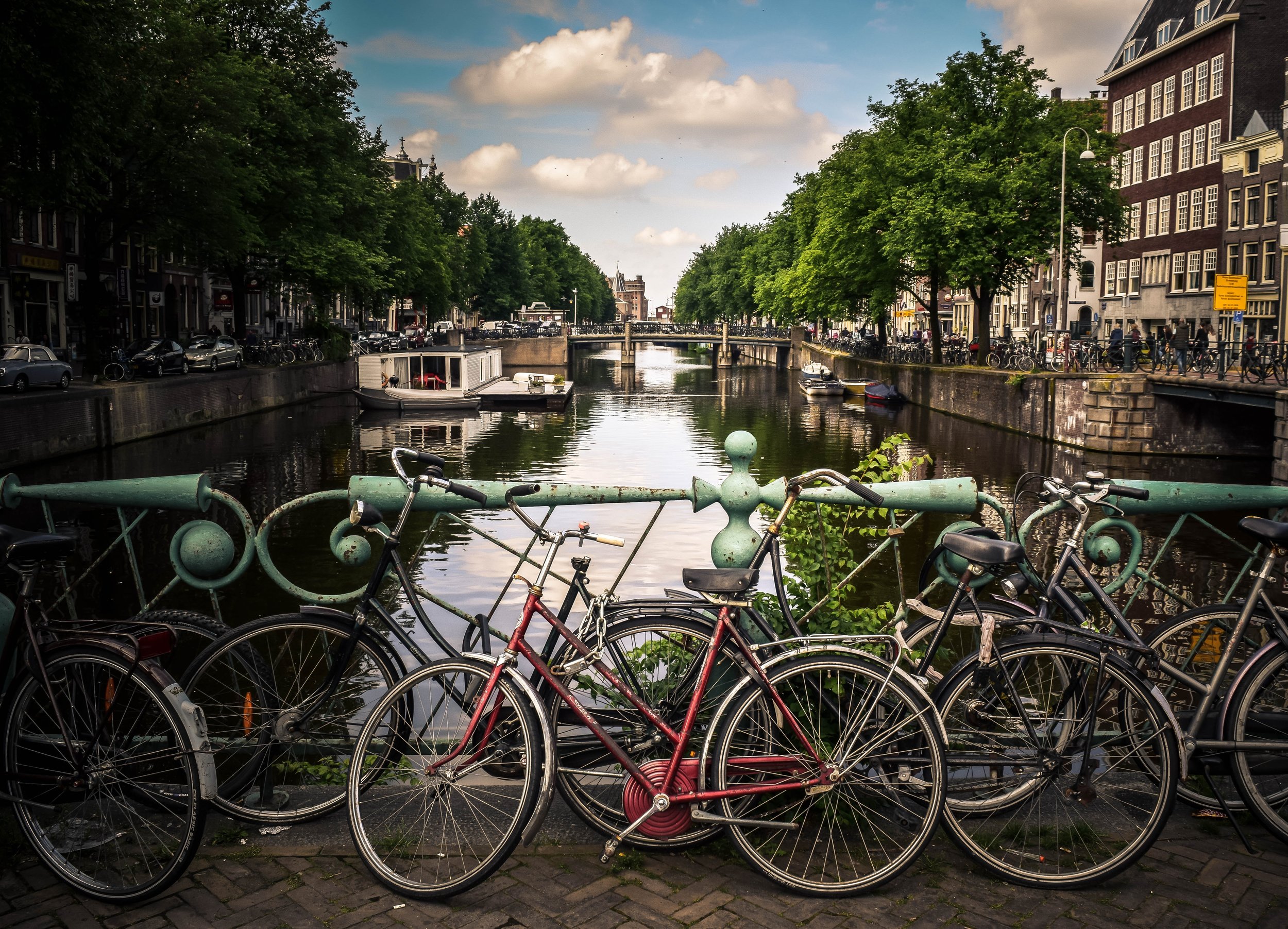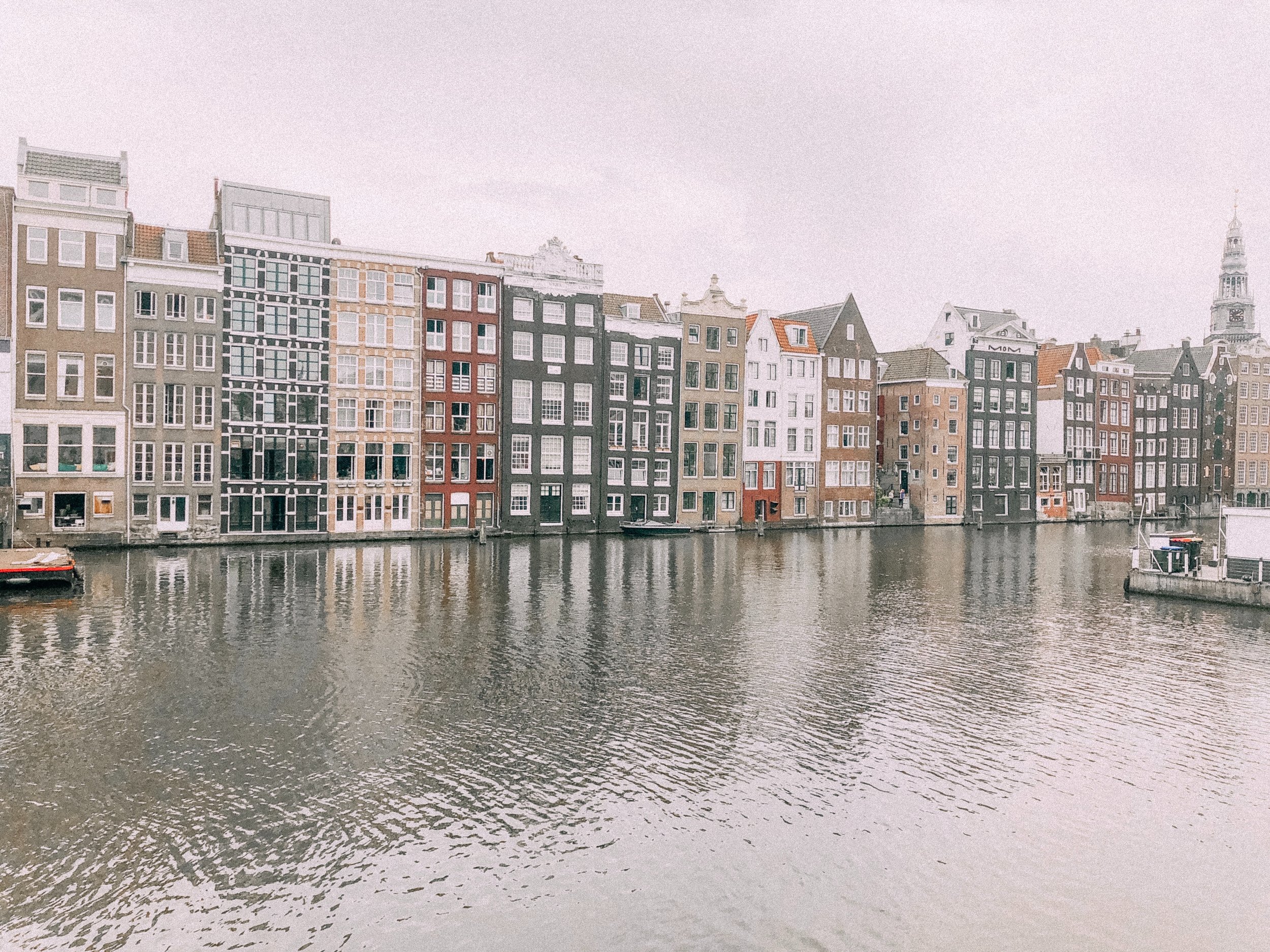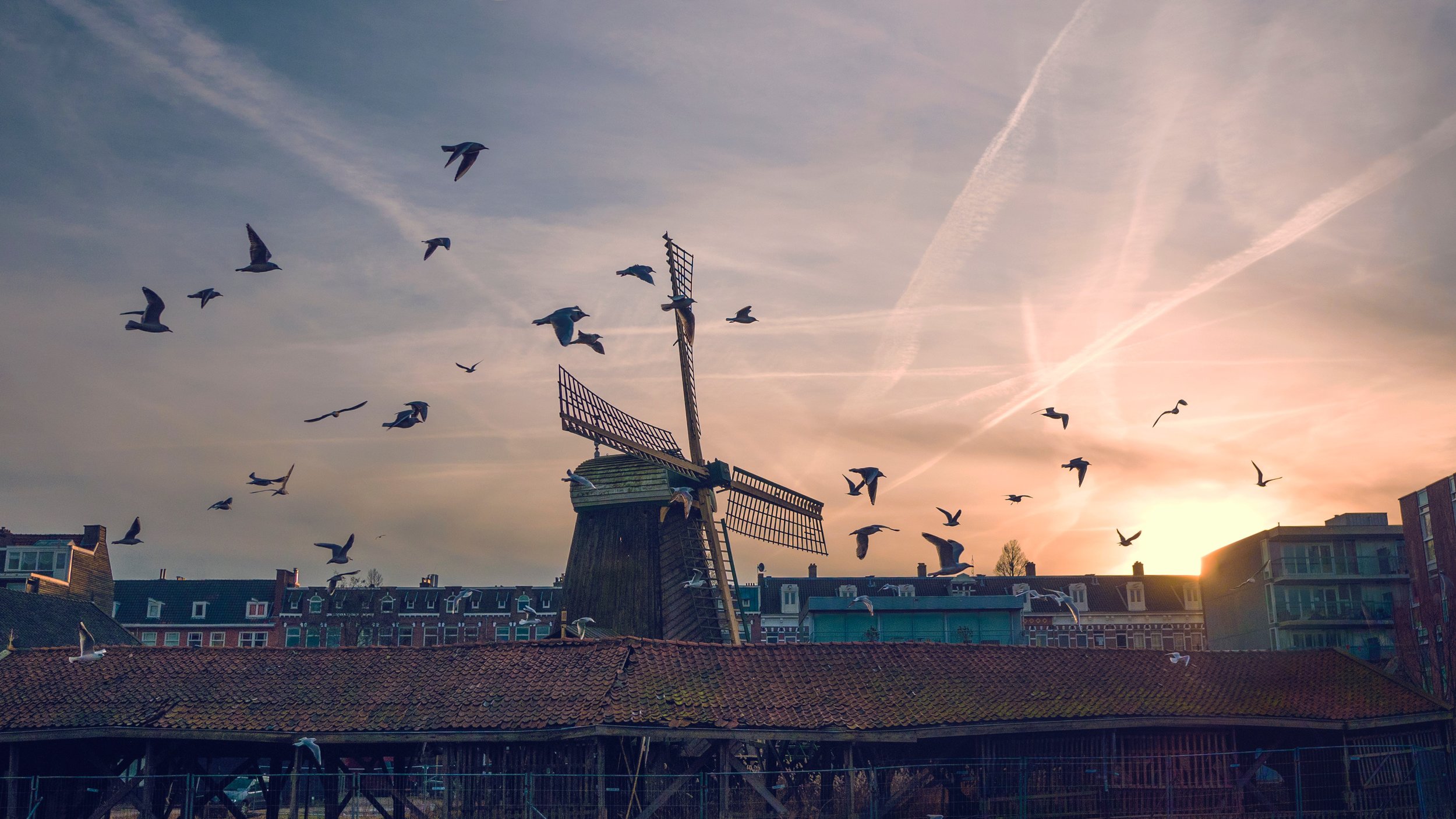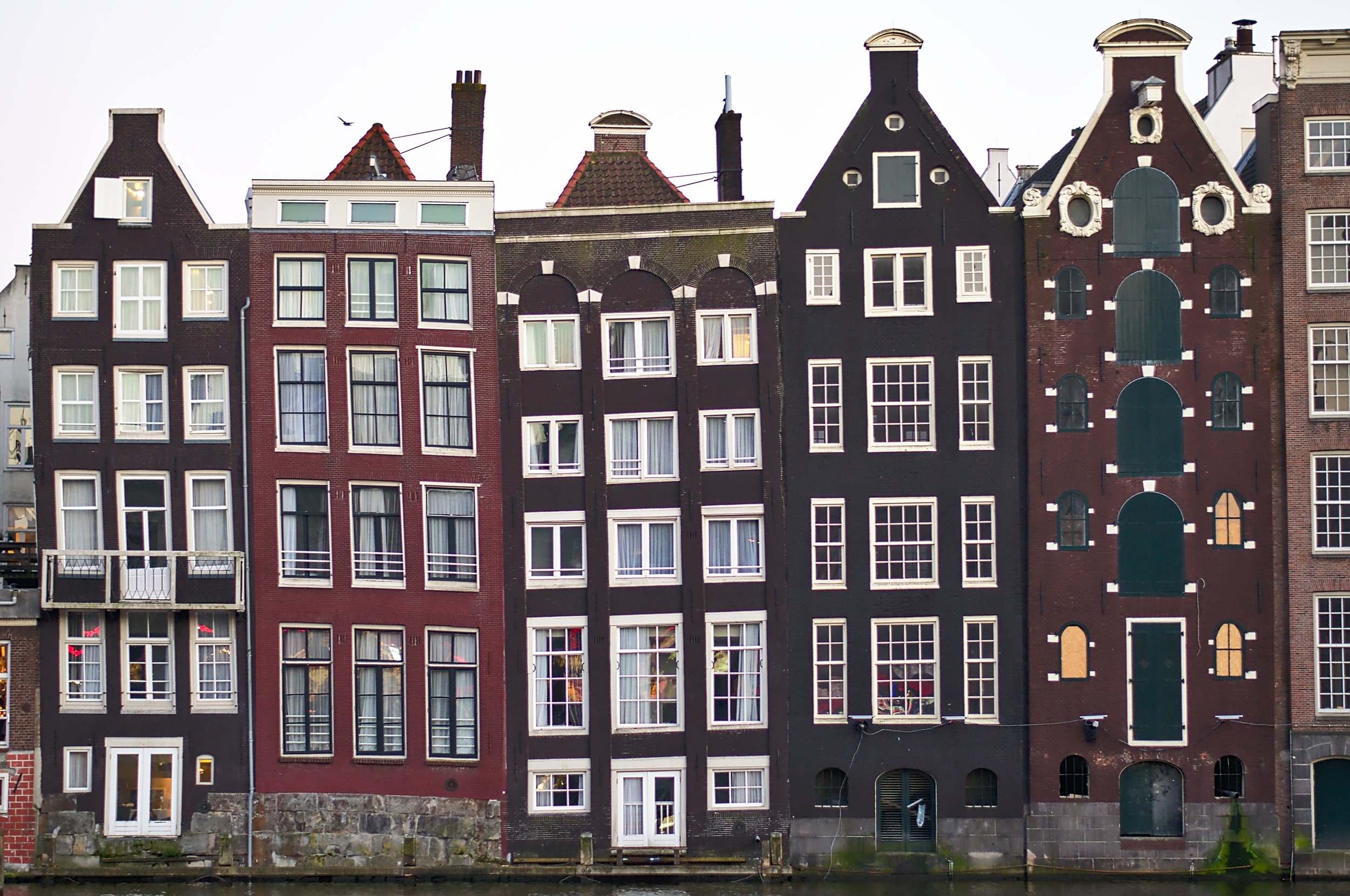Born Global: Amsterdam
Born Global: Amsterdam
With its picturesque canal network, rich history and vibrant cultural scene, the capital of the Netherlands is one of the world’s most unique city destinations for global travellers including energetic and adventurous Australians who are determined to shine bright on the global stage.
Meet our members in Amsterdam
Know before you go
Check out Smartraveller advice for Amsterdam – subscribe to updates and register your travel plans here.
Things to do
Hop on a bike: Cycling is one of the best ways to get around Amsterdam, and no visitor should leave without experiencing the city’s world famous bike culture.
Anne Frank House: Anne Frank is one of Amsterdam’s most well known former residents. The Anne Frank House at Prinsengracht 263 in Amsterdam is where she lived in hiding with her family for more than two years during World War II. Now converted into a museum it contains a sobering exhibition about the persecution of the Jews during the war, as well as discrimination in general.
Van Gogh Museum: For both locals and far-travelling visitors, the Van Gogh Museum is a unique and inspirational experience. Alongside the legacy of Vincent van Gogh’s instantly recognisable impressionist works, such as his landscapes, self-portraits and still lifes – especially ‘Sunflowers’ – the museum provides opportunities to track the artist’s development and compare his paintings to works by other artists from the 19th century – those who inspired him and those who drew inspiration from him.
Did you know?
-
There are 165 Amsterdam canals that combine for a length of over 100 kilometers (about 60 miles). The Canal Ring became part of the UNESCO World Heritage list in 2010.
-
Amsterdam has more bridges than Venice. There are only in fact 409 bridges connecting Venice’s canals. Amsterdam actually has 1281 bridges. That’s three times as many as Venice!
-
There are 2500 houseboats in Amsterdam and many have been afloat for more than a century. There are different types of houseboats and the concrete kind are the most desirable as they don’t need to be taken to the shipyard for repairs.
-
The tilted houses are called Dancing Houses which were built for the wealthy bankers and merchants and did double-duty as both houses and work spaces. The soil was so swampy that they had to built on stilts and that caused them to wobble and sink into the river, so now they are each a little off kilter!
